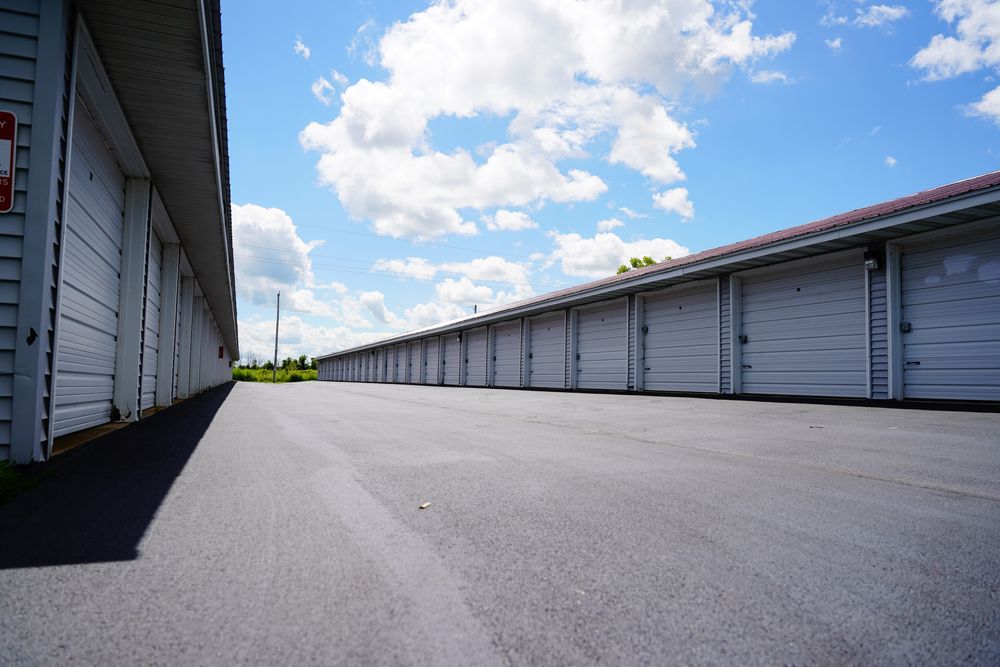
How to Make Your Business Accessible
Not only do businesses need to be accessible for everyone from an inclusivity standpoint, but it’s also important to a company setting itself up for success. All businesses should be accessible for all individuals to ensure equal opportunities are facilitated. Despite this, non-disabled people may not have the insight to understand what’s required to make their premises accessible. For this reason, it’s important to conduct thorough research and ensure that actual disabled people are consulted in this process. That said, it’s important to remember that every disability is different, and the same measures won’t help everyone.
To that avail, detailed below are just some steps that a company might employ to make their premises more accessible to everyone.
Easy Parking and Entrances
First things first, parking is a significant aspect of accessibility. Whether you opt for commercial driveways or designated disabled parking bays, accessible parking needs to be guaranteed. In addition to this parking, the entrance needs to be accessible by anyone and everyone. This means including ramps and lifts.
The parking and entrance of your building will paint a customer’s perception of your business, so the accessibility needs to be there from the get-go. Without this immediate positive experience, they’re not going to continue with your services. Similarly, they’re not going to feel very considered by your business.

Helpful Employees
The right employees are essential to a successful business, especially those that are customer-facing. Regardless of your customers’ situations, they need to feel comfortable with your employees. Therefore, if a customer requires additional support, the staff must be able to facilitate this. In doing so, the customer can’t feel like a burden. It’s all about treating everyone with the same respect, regardless of who they may be. This should be a given in any environment, and it’s important to have staff members onside that understand this. Ultimately, employees can make or break a business.
Wheelchair Accessible Restrooms
As a rule of thumb, in any space in which a customer may be expected to spend more than an hour, a toilet should be provided. Not only should a toilet be provided, but it should be a toilet that anyone can access. This means being big enough that someone could fit a wheelchair in there. Similarly, bars should be installed so that people in wheelchairs can use the facilities safely and comfortably. There are a number of regulations for setting up wheelchair-accessible restrooms, and each of these should be adhered to.
Accessible Interiors
In addition to accessible restrooms, accessible interiors need to be established. This means they need to be well-lit and usable, and reachable to everyone. For instance, little people and wheelchair users will struggle to use high tables, service counters, and shelves. Meanwhile, dark or noisy environments aren’t comfortable spaces for people who are visually impaired or hard of hearing. These aspects don’t need to be eliminated completely from businesses, but ample alternative spaces must be offered. It’s not just about making businesses accessible for all types of people, but they need to be made enjoyable, too.
Wide, Uncluttered Pathways
Last but not least, all pathways should be wide enough that a wheelchair can move through the space easily. Similarly, they should be completely uncluttered, so no one has to clamber over any obstacles. Cluttered environments aren’t only difficult to navigate for wheelchair users, but they can be tricky for people with guide dogs and people with canes or crutches. Ultimately, moving through your premises should be an easy task for anyone and everyone. This will help you craft an enjoyable experience for all types of people.






